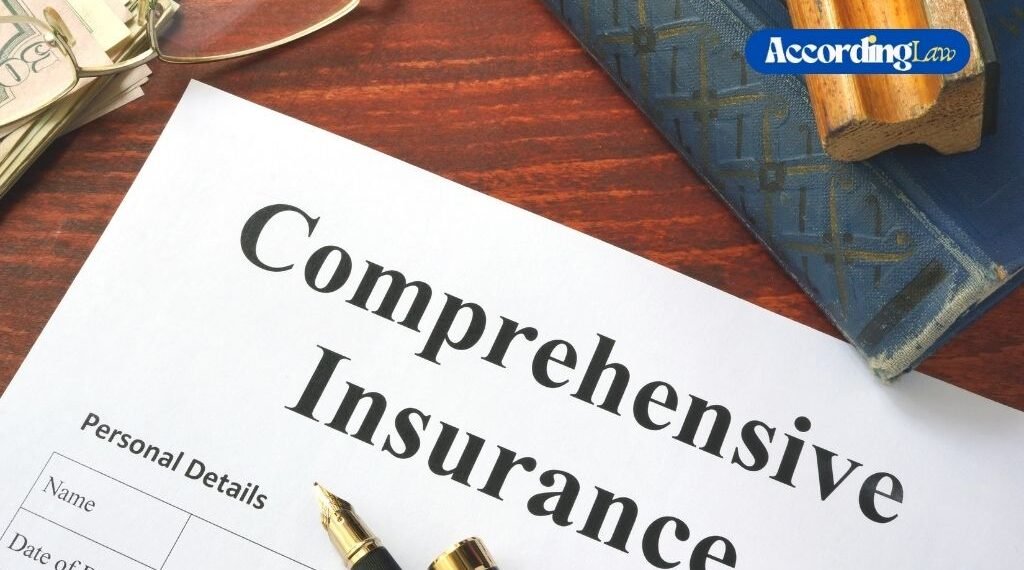Car accidents remain one of the most common causes of personal injury across the United Kingdom, affecting thousands of drivers, passengers, cyclists, and pedestrians every year. While advances in road safety, vehicle technology, and public awareness have helped reduce serious collisions, the aftermath of an accident can still be overwhelming. From dealing with insurance companies to understanding one’s legal rights, the process of seeking compensation is often complex.
This article provides a balanced overview of how the car accident claims process works in the UK, highlighting the importance of evidence, timelines, and professional guidance. It is not intended as legal advice but as an informative piece to clarify what individuals may expect when pursuing compensation after a road collision.
Table of Contents
Scope and Impact of Car Accidents in the UK
Despite extensive safety measures and the introduction of smart motorways, road traffic accidents remain a pressing public issue. According to data from the Department for Transport, there are still hundreds of fatal collisions each year, with many more resulting in life-altering injuries.
Common causes of car accidents include speeding, driver distraction, fatigue, poor weather conditions, and failure to follow road signals. Even minor collisions can lead to soft tissue injuries, such as whiplash, which may not be immediately apparent but can have lasting effects on mobility and quality of life.
The impact extends beyond physical injury. Psychological distress, loss of income, and disruption to family life often accompany such incidents. As a result, the right to claim compensation serves both as a mechanism for justice and as a means of restoring financial stability for those affected.
Establishing Liability in a Car Accident Claim
A fundamental aspect of any car accident compensation case is establishing liability determining who was at fault for the incident. This process typically relies on evidence such as:
In many cases, liability may seem clear-cut, for example when one driver rear-ends another at a junction. However, disputes are not uncommon. Insurance companies may challenge the version of events or suggest contributory negligence, meaning both parties share some level of fault.
Understanding the burden of proof is crucial. In civil claims, liability must be shown “on the balance of probabilities,” meaning it is more likely than not that the defendant was responsible. This is a lower threshold than in criminal cases, but still requires substantial evidence.
The Legal Basis for Compensation
Car accident compensation falls under the broader area of personal injury law, which is grounded in the concept of negligence. To succeed in a claim, a claimant must typically demonstrate that:
In the UK, all drivers owe a duty of care to others on the road, established under both common law and the Road Traffic Act 1988. This means that anyone operating a vehicle must act in a manner that avoids foreseeable harm to others.
Where this duty is breached, for example, through speeding, reckless driving, or using a mobile phone while driving and injury results, a Car Accident Claim may be pursued for damages.
What Compensation Can Cover
Compensation in a car accident case generally consists of two main elements: general damages and special damages.
In cases involving serious injury, future losses may also be included, such as ongoing care needs or the cost of adapting a home or vehicle to accommodate disabilities. Psychological harm, such as post-traumatic stress disorder (PTSD), may also form part of a claim where supported by medical evidence.
The Importance of Medical Evidence
Medical evidence forms the backbone of most personal injury cases. Following an accident, individuals are advised to seek medical attention even if injuries seem minor. Some conditions, such as whiplash or concussion, can take hours or days to fully manifest.
When making a claim, a medical expert will usually provide an independent assessment of the injury and its impact. This report not only confirms the diagnosis but also helps value the compensation award.
Accurate and timely documentation strengthens the credibility of the claim and helps establish the link between the accident and the injury sustained.
The Role of Insurance and the Claims Process
In most UK cases, compensation is paid through an insurer rather than directly by the other driver. Motor insurance is a legal requirement, and insurers have a duty to handle legitimate claims in line with the Civil Procedure Rules.
The process often begins with notifying the insurer of the incident and submitting the claim along with relevant evidence. The insurer will then investigate liability and may make a settlement offer. If liability is denied or the offer is considered insufficient, the claimant has the option to take the matter to court.
For minor injuries such as whiplash sustained by occupants of road vehicles, the Official Injury Claim (OIC) portal provides a streamlined online process for self-representation. However, for more serious injuries or complex liability issues, professional legal guidance remains valuable.
Time Limits for Making a Claim
Under the Limitation Act 1980, the general time limit for bringing a personal injury claim is three years from the date of the accident or from the date when the injury was first realized.
Exceptions apply for certain groups:
Failing to issue court proceedings within the applicable time limit can result in the claim being barred, regardless of its merit.
Dealing with Uninsured or Untraced Drivers
Unfortunately, not every driver on UK roads is insured, and some may flee the scene without leaving details. In these circumstances, victims may still seek compensation through the Motor Insurers’ Bureau (MIB), a body funded by the insurance industry to support victims of uninsured or untraced drivers.
Claims to the MIB follow a structured process similar to that of a standard personal injury claim, but additional evidence, such as witness statements or police reports, is often required to confirm the facts of the incident.
Common Challenges in the Claims Process
While the principle of compensation appears straightforward, the process can present several practical and legal challenges. These include:
Each of these challenges underscores the importance of careful documentation, accurate medical reporting, and, where appropriate, professional representation.
The Broader Context of Road Traffic Accident Claims
Beyond individual compensation, the legal framework surrounding Road Traffic Accident Claims serves a wider public function. It reinforces standards of road safety and accountability by ensuring that negligent drivers face financial and legal consequences for their actions.
Moreover, the existence of structured claims processes encourages responsible behaviour among motorists and insurers alike. It also supports victims in regaining control after an often traumatic event, allowing them to focus on recovery rather than financial uncertainty.
Policymakers continue to refine the balance between fairness and efficiency in the system. The introduction of the OIC portal, for instance, aimed to reduce costs and delays for low-value claims. However, concerns remain about accessibility, especially for those unfamiliar with legal procedures.
The Human Element: Recovery and Rehabilitation
Legal compensation is only one part of the post-accident journey. Many individuals face long-term rehabilitation, involving physiotherapy, counselling, or occupational therapy. The psychological impact of being involved in a collision should not be underestimated; anxiety, sleep disturbances, and loss of confidence while driving are all common experiences.
Rehabilitation programmes supported through compensation awards can help restore physical function and emotional well-being. In more serious cases, multi-disciplinary support teams may assist with reintroducing individuals to work or adapting to permanent changes in mobility.
Preventing Future Accidents
While the focus of this article is on understanding compensation, prevention remains the most effective measure against injury and loss.
Key preventative strategies include:
Public initiatives such as “Think! Road Safety” campaigns continue to play a vital role in educating drivers about the consequences of negligence. Employers also have responsibilities to ensure that company vehicles and drivers comply with health and safety standards.
The Ethical Dimension of Compensation
It is sometimes argued that the compensation system encourages a “claim culture,” but such criticism often overlooks the purpose of civil redress. Personal injury compensation is not a windfall; it is designed to restore victims to the position they would have been in had the accident not occurred, as far as money can achieve.
When claims are handled responsibly, the system promotes fairness and deterrence, not exploitation. Transparency, honesty, and adherence to evidence remain central principles for both claimants and insurers.
Conclusion
Car accidents are often sudden, distressing events that can leave lasting physical, emotional, and financial consequences. Understanding the framework of car accident claims helps demystify the process and ensures that those affected can make informed decisions about their next steps.
While the system can appear procedural, its underlying purpose is human: to provide a measure of justice and restore dignity to those injured through no fault of their own. By combining careful evidence gathering, awareness of legal rights, and an emphasis on recovery, victims of road accidents can begin to rebuild their lives with confidence.


